It doesn’t matter if you workout at home or the gym, getting better at push ups is a universal strength goal for most people exercising. They’re a great exercise to develop your core and upper body strength, keep your shoulders healthy, and burn fat. Plus you can do them anytime and anywhere.
Sure there some people will tell you to get better at the bench press to improve your push up, but a full bench press set up isn’t always available, convenient, or appropriate for everyone.
Keep reading and I’m gonna show you three exercises that can help you keep making progress to do your first push up, doing better push ups, and more push ups. If you don’t like reading so much, then just click to watch each youtube video below and I’ll explain each of the exercises.
Kickstand Push Up
This is an awesome push up variation that allows you to practice your push ups to lower positions than you’re used to. If you find yourself in a position where the best surface to practice your push ups is a bit lower than you’re ready for this will allow you to make it work and start getting familiar with the lower position for future push ups.
Set up for the kickstand push up as would for a normal push up. When you are in a push up plank position:
Bring one foot up and to the side so the knee is bent and place the toes on the floor for support.
Keep your straight leg and body braced.
Do your push up with the support of the leg that is pulled up acting like a kickstand.
The kickstand push up is great for bridging the gap when you can do several push ups to one surface, but the next lowest surface you have available is still a bit too challenging to keep proper form.
Isometric Push Up Holds
Isometric exercises are great for building strength and stability in a specific position or range of motion. And in the bottom position of a push up you must stop moving downward before you can begin pressing up. This brief moment in every push up is isometric.
To perform the isometric hold set up for your push up from the floor or any elevated position and brace your torso and body.
Lower your chest toward your hands with control until you reach the lowest position you can control.
Stop and hold yourself in this position and count anywhere from 1-10 seconds.
Lower your knees to the floor and rock back to then reset yourself for another repetition if you choose to do so.
Practicing holding the bottom position of a push up is a great way for you to improve your ability to keep your body and torso rigid before pressing yourself up from the bottom of the push up. Each time you do a hold, mentally go through and check that each part of your body is creating tension from your lower legs all the way through your torso and shoulders.
If you’re still not able to press yourself up, then the isometric push up hold is a great exercise to help you do your first push up. If you already do push ups to the floor adding isometric push up holds to each repetition will make them much more challenging.
Serratus Push Ups
A common issue for many people when they are attempting to do push ups is that their shoulder blades protrude and their upper back seems to hang or sag between the shoulders. This is less than optimal for shoulder health, it reduces the range of motion in the push up, and a droopy plank may place more stress on the lower back.
This happens when the serratus anterior muscles which hold the shoulder blades flush against the rib cage are either weak or you don’t really know how to engage them well. That’s ok because this exercise can help fix that so your torso doesn’t hang between your shoulders, your elbows and shoulders won’t flare out as much, and improve the range of motion you’re able to use for the push up.
You can set up for the serratus push up in a normal push up position, with your hands on an elevated surface, or from the knees. Once you’ve set yourself, brace your trunk and body.
Keep your arms pressed out straight and slowly lower your chest between your shoulder blades (retract) so they protrude from your upper back.
Slowly press the shoulder blades back against your upper back and ribs (protract) so that your chest is pressed up and away from the floor.
Pause in both the top and bottom position and repeat for 10-20 repetitions.
The serratus anterior plays a big role in helping you to do good push ups and keeping your shoulders moving well and healthy. Being able to focus on the protraction of the shoulder blades will help you control your arms so that you can keep a good arrow position during your push up instead of letting your arms flare outward like a “T”.
Click the button below to get your free push up workout plan
Whether you are working on doing your first push up, doing more push ups, or doing better push ups, adding these three exercises into your workouts will help you continue to make progress and get stronger.
If you need some additional help focusing on getting your first push up you can download the “Do Your First Push Up Training Plan” for free or check back to our updated Do Your First Push Up Guide post from before for more ways to improve your push up prowess.





